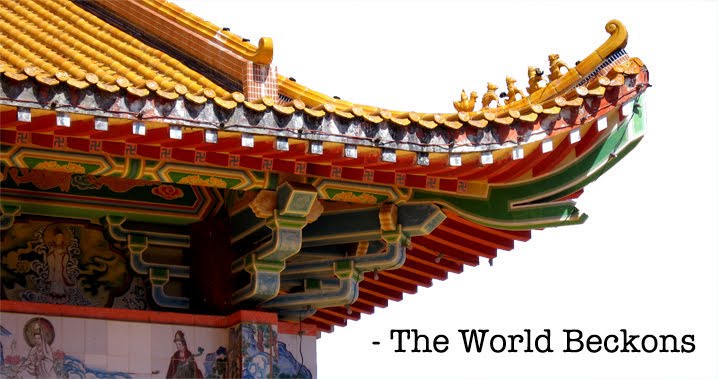 |
| People in grass houses shouldn't throw matches. |
Incongruously, several have satellite dishes wedged into the sandy ground outside.
Their walls are constructed of a bare skeleton of crooked sticks that clutch the loose mud smoothed beneath. At one, the sun dances across rings of clear soda bottles thrust into the plaster. Larger branches stand sentry, fencing the compound.
Still, goats and chickens roam freely as women sweep and rake the dry ground in front of their homes. Others carry buckets of water on their heads. Buckets, baskets and bowls of everything, really.
Babies, though, are carried at the hip in colourfully printed sashes.
A blue-grey smoke hangs languidly, filling the air with the spicy smell of charcoal. And of community. People gather under a large, shade-bearing tree speckled with small, orange fruit. Nearby: bars, salons, bustle.
On the outskirts, long cinder-block buildings house a school, tidily painted yellow. Kids wave eagerly as we pass. We share in the enthusiasm: civilization for the first time in a week. Finally, some colour.
It has been an overarching theme of the whole trip: it's amazing how much water can alter a landscape.

















